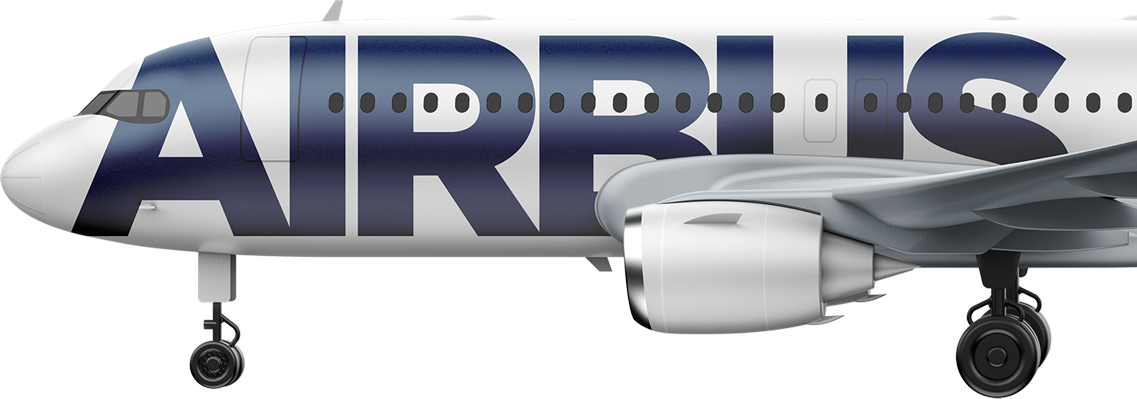OUR CAMP PROGRAMS
We believe that learning is an enjoyable lifelong adventure. In this program, we offer applied training programs under the supervision of our experts equipped with tools to arouse curiosity and engage in inquiry based training experiences. We change the way of learning by encouraging productivity, research and individual discoveries.

-
 Hot air balloonsWe start the program with inspiring information about the working principles of hot air balloons, the anatomies of birds and biomimicry, the latest flight technologies, wingsuit, drone technology and much more.
Hot air balloonsWe start the program with inspiring information about the working principles of hot air balloons, the anatomies of birds and biomimicry, the latest flight technologies, wingsuit, drone technology and much more. -
 Hot air balloonsWe start the program with inspiring information about the working principles of hot air balloons, the anatomies of birds and biomimicry, the latest flight technologies, wingsuit, drone technology and much more.
Hot air balloonsWe start the program with inspiring information about the working principles of hot air balloons, the anatomies of birds and biomimicry, the latest flight technologies, wingsuit, drone technology and much more. -
 Hot air balloonsWe start the program with inspiring information about the working principles of hot air balloons, the anatomies of birds and biomimicry, the latest flight technologies, wingsuit, drone technology and much more.
Hot air balloonsWe start the program with inspiring information about the working principles of hot air balloons, the anatomies of birds and biomimicry, the latest flight technologies, wingsuit, drone technology and much more. -
 Hot air balloonsWe start the program with inspiring information about the working principles of hot air balloons, the anatomies of birds and biomimicry, the latest flight technologies, wingsuit, drone technology and much more.
Hot air balloonsWe start the program with inspiring information about the working principles of hot air balloons, the anatomies of birds and biomimicry, the latest flight technologies, wingsuit, drone technology and much more.
So much has changed in the technologies used at the beginning of human kind’s space journey. But the one thing that hasn’t changed at all is the curiosity. That is the essential source of continuous development of human kind.
In the astronomy part, there are information about stars, the Sun and the Solar System, the history of astronomy and observation tools, electromagnetic waves, Mars projects, and exoplanet exploration programs.
Thanks to the simulators, the flagship of our camp program, we have the opportunity to experience almost exactly what astronauts and pilots go through during their training and missions.
• Aviation history and first flight trialsi
• Anatomy of a flighti
• Aviation physicsi
• General aircraft informationi
Lunchi
• Theoretical flight trainingi
• Cessna aircraft simulator trainingi
• Aerodynamic systems workshopi
Dinneri
• Conversationi
Rest
• Rockets and their working principles
• International Space Station
• Space Technologies
• Agricultural in space workshop
Lunch
• 1/6 gravity simulator
• Cessna aircraft simulator training
Break
• From galaxies to the Solar System
• Observation tools
• Mars missions, exoplanets
• National Space Program
Certificate ceremony, photo shoot, departure from GUHEM


